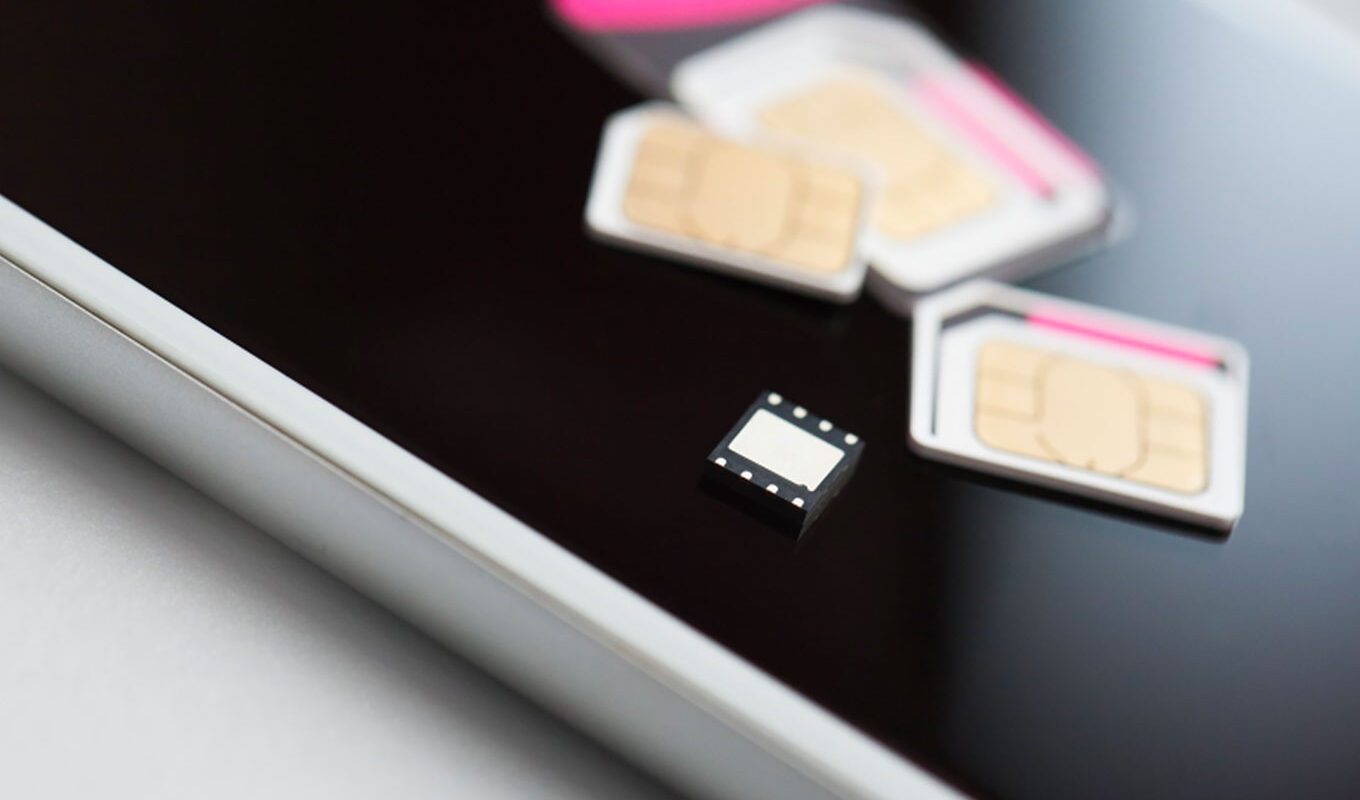As technologies advance at an incredible pace, the traditional SIM card is becoming obsolete. A new standard called the embedded SIM or eSIM is poised to replace physical SIM cards and revolutionize how we connect to cellular networks.
What is an eSIM?
An eSIM is an embedded SIM that is built directly into devices like smartphones, tablets, smartwatches and more. Unlike physical SIM cards which require a nano, micro or full-size card, an eSIM is a chip that is soldered directly onto the motherboard during the manufacturing process. This embedded chip allows devices to connect to cellular networks without the need for a physical SIM card slot or card itself.
The eSIM specification was developed by the GSM Association (GSMA) and allows devices to download cellular profiles remotely using an Over-The-Air (OTA) process. This means users can easily activate new service plans, change carriers or add international roaming directly from their device settings without having to swap physical SIM cards. The embedded chip contains the same functionality as a standard SIM but in a smaller, more integrated format.
Benefits of eSIM Technology
Ease of Use – Not having to carry around physical SIM cards or switch them out provides clear convenience benefits for consumers. Users can easily change cellular plans and carriers from their device settings.
Multiple Active Profiles – eSIM allows multiple integrated operator profiles to exist simultaneously on a single device. This means users can have separate work and personal phone numbers active at once.
Faster Carrier Switching – Switching between carriers is as easy as downloading a new profile instead of waiting for a physical SIM card to arrive in the mail.
Supports Remote Device Management – IT administrators can remotely provision and manage eSIM-enabled devices for business usage with more flexibility and control.
Device Integrity – Eliminating physical SIM slots creates a more streamlined, waterproof design without points of ingress for dust or liquids.
Supports IoT Use Cases – eSIM is especially useful for connecting millions of IoT devices to cellular networks in a scalable way without swappable physical SIM cards.
Adoption in Consumer Devices
The eSIM standard has already been adopted by leading device manufacturers. Apple introduced eSIM support in the latest iPhone lineup and Apple Watch models starting in 2018. This allows dual SIM functionality through a physical Nano-SIM and embedded eSIM on iPhones.
Many Android flagship smartphones from Samsung, Google, and others now tout eSIM support as well. Models like the Galaxy S21 and Pixel 6 can store multiple integrated carrier profiles. Tablet makers like Apple and Samsung are also utilizing eSIM.
Wearable devices have particularly benefitted from eSIM technology. Cellular-enabled Apple Watch, Samsung Galaxy Watch, and Fitbit models activate service directly through the integrated chip rather than a physical SIM card.
Impact on Carriers and Businesses
The widespread proliferation of eSIM presents both opportunities and challenges for mobile network operators. On one hand, it opens new revenue streams through digital provisioning of profiles. Carriers also benefit through reduced logistical costs of physically delivering SIM cards.
However, eSIM may diminish carrier lock-in and make it easier than ever for consumers to switch providers at will. This increases competition pressure to deliver superior service quality and value. Businesses and enterprises also appreciate the flexible device management afforded by eSIM for IoT and employee devices.
As the GSMA works to finalize the eSIM standard and adoption expands across more consumer electronics categories, eSIM is poised to become the primary method of cellular connectivity within the next 3-5 years. By 2025, most new devices are expected to ship eSIM-only without physical SIM card slots altogether.
This transition will completely change how people and things connect to cellular networks in a more seamless, flexible way. GlobalSystem for Mobile Communications (GSM) technology users will benefit from instant provisioning capabilities and hassle-free carrier changes. The rise of eSIM ensures cellular connectivity remains integral to our increasingly connected world.
*Note:
1. Source: Coherent Market Insights, Public sources, Desk research
2. We have leveraged AI tools to mine information and compile it



